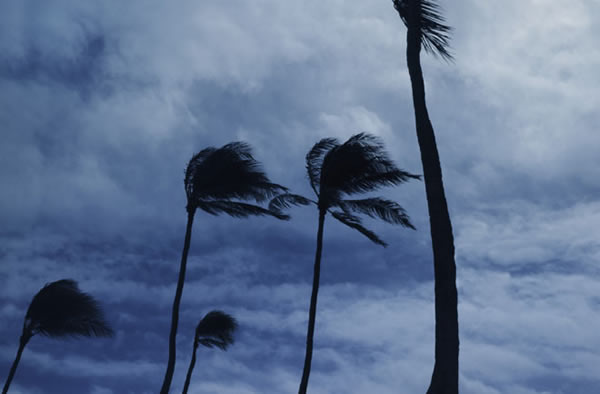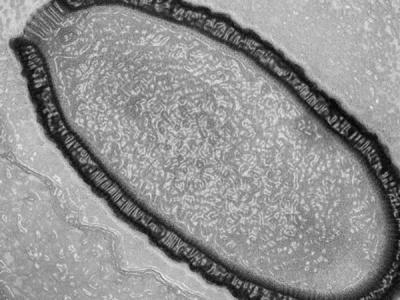Hawaii in Climate Change Bullseye
Tropical cyclones of the future may have the Hawaiian islands in their cross hairs, according to a new study of how climate change will alter eastern Pacific Ocean storms near the end of the 21st century.
In the middle of Earth's largest ocean and already in a warm clime, Hawaii seems like the last place to to worry about global warming. But as the air warms, the oceans are absorbing even more heat and that plays out in climate models that Hiroyuki Murakami, of the University of Hawaii, and his colleagues ran to see if they could tease out Hawaii's probably future.
They published what they discovered in the May 5 issue of the journal Nature Climate Change.
Right now tropical cyclones with the potential of hitting Hawaii are typically born far east of the islands: off the west coast of Mexico, in a way similar to how North Atlantic hurricanes begin off the northwest coast of Africa.
"Normally the tropical cyclones travel west," said Murakami. "But they very rarely reach Hawaii."
The researchers used several different climate models at different spatial resolutions and included a variety of environmental factors to see what robust patterns emerged for storm activity from the year 2075 to 2099. Their results suggest fewer, but stronger cyclones along with a northwestward shift of the typical cyclone track -- which would take them more directly toward the Hawaiian islands.
Palm trees in Hawaii during a storm.
In other words, there is good and bad news: the good news is that there will be fewer tropical cyclones. The bad news is they will be stronger, longer lived, with have longer tracks that and steer more towards Hawaii.
"The Hawaiian Islands are very vulnerable," said Murakami, which is one reason he wanted to do the research in the first place. Another reason is that previous modeling work had not shown any consistent results.
On the other hand, there is no reason for Hawaiians to worry too much yet. The new study is not the last word on the matter. There are a lot more additional studies that can be done to test how robust Murakami's conclusions are, said climate scientist Tom Knutson of the National Oceanic and Atmospheric Administration.
"They've gone a step in that direction,” said Knutson of Murakami's and his colleagues' research. But Hawaii is a small place in a big ocean and nailing down the details is tricky. “When you get down to a smaller scale, things got a lot more uncertain."(May 5, 2013 01:00 PM ET // by Larry O'Hanlon)












